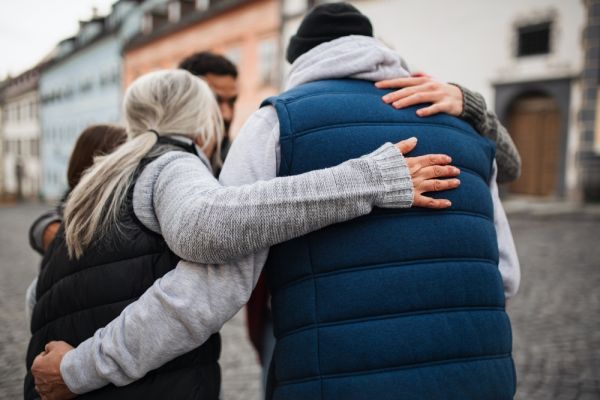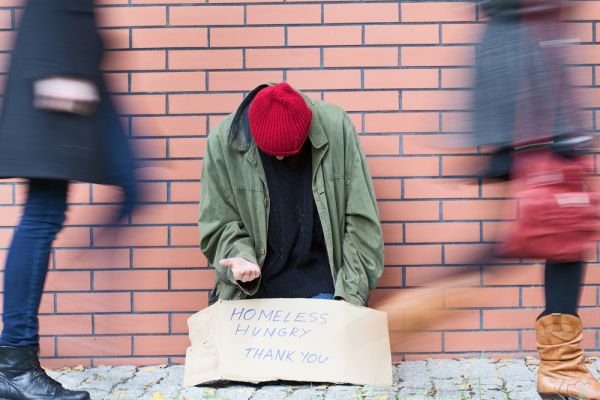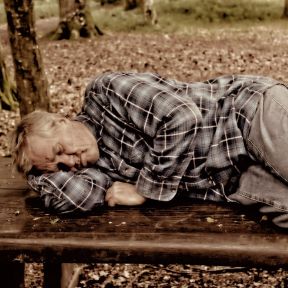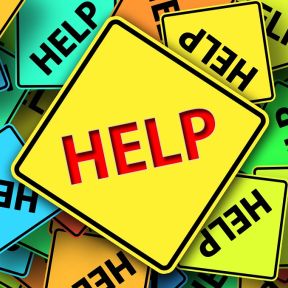Bystander Effect
The bystander effect occurs when the presence of others discourages an individual from intervening in an emergency situation, against a bully, or during an assault or other crime. The greater the number of bystanders, the less likely it is for any one of them to provide help to a person in distress. People are more likely to take action in a crisis when there are few or no other witnesses present.

Social psychologists Bibb Latané and John Darley popularized the concept of the bystander effect following the infamous murder of Kitty Genovese in New York City in 1964. The 28-year-old woman was stabbed to death outside her apartment; at the time, it was reported that dozens of neighbors failed to step in to assist or call the police.
Latané and Darley attributed the bystander effect to two factors: diffusion of responsibility and social influence. The perceived diffusion of responsibility means that the more onlookers there are, the less personal responsibility individuals will feel to take action. Social influence means that individuals monitor the behavior of those around them to determine how to act.
It’s natural for people to freeze or go into shock when seeing someone having an emergency or being attacked. This is usually a response to fear—the fear that you are too weak to help, that you might be misunderstanding the context and seeing a threat where there is none, or even that intervening will put your own life in danger.
It can be hard to tease out the many reasons people fail to take action, but when it comes to sexual assault against women, research has shown that witnesses who are male, hold sexist attitudes, or are under the influence of drugs or alcohol are less likely to actively help a woman who seems too incapacitated to consent to sexual activity.
The same factors that lead to the bystander effect can be used to increase helping behaviors. Individuals are more likely to behave well when they feel themselves being watched by “the crowd,” and when their actions align with their social identities. For example, someone who identifies as pro-environment will take more effort to recycle when they believe they are being observed.
Good people can be complicit in bad behavior (hence the common “just following orders” excuse). Someone who speaks up against bullying is called an “upstander.” Upstanders have confidence in their judgment and values and believe their actions will make a difference. They are more likely to do the right thing because they take the time to stop and think before acting.

The intervention of bystanders is often the only reason why bullying and other crimes cease. The social and behavioral paralysis described by the bystander effect can be reduced with awareness and, in some cases, explicit training. Secondary schools and college campuses encourage students to speak up when witnessing an act of bullying or a potential assault.
One technique is to behave as if one is the first or only person witnessing a problem. Often, when one person takes action, if only to shout, "Hey, what's going on?" or "The police are coming," others may be emboldened to take action as well. That said, an active bystander is most effective when they assume that they themselves are the sole person taking charge; giving direction to other bystanders to assist can, therefore, be critically important.
Don’t expect others to be the first to act in a crisis—just saying “Stop” or “Help is on the way” can prevent further harm. Speak up using a calm, firm tone. Give others directions to get them involved in helping too. Do your best to ensure the safety of the victim, and don’t be afraid to seek assistance when you need it.
If a bystander can help someone without risking their own life and chooses not to, they are usually considered morally guilty. But the average person is typically under no legal obligation to help in an emergency. However, some places have adopted duty-to-rescue laws, making it a crime not to help a person in need.
Yes, some people can be held legally responsible for negative outcomes if they get involved. Fear of legal consequences can be a major contributor to the bystander effect. Some jurisdictions have passed Good Samaritan laws as encouragement for bystanders to act, offering legal protection to those trying to help victims. However, these laws are often limited.
When training yourself to be an active bystander, it helps to cultivate qualities like empathy. Try to see the situation from the victim’s perspective. Worry less about the consequences of helping and more about the example you are setting for future generations. If you are the victim, pick out one person in the crowd and make eye contact. People’s natural tendencies towards altruism may move them to help if given the chance.














